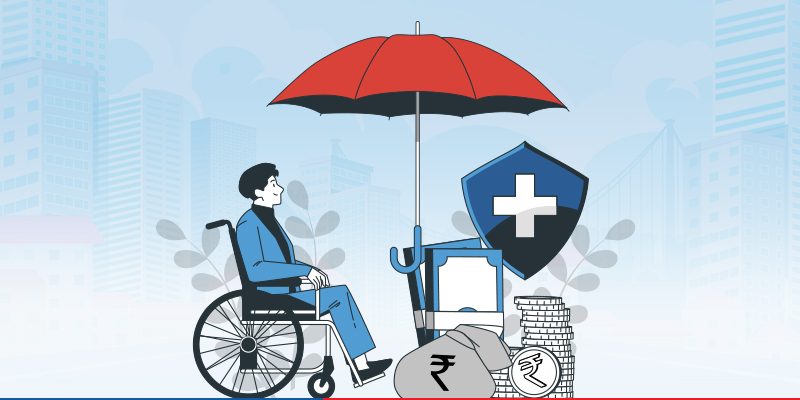Understanding personal loans is essential for making informed financial decisions. Personal loans can be a useful financial tool, but it’s important to know how they work, their benefits, and potential drawbacks before you decide to apply for one.
A personal loan is a type of unsecured loan provided by banks, credit unions, or online lenders. Unlike secured loans that require collateral (such as a house or car), personal loans do not require any asset as security. This means that if you default on the loan, the lender cannot directly seize your property to recover the debt. However, because they are unsecured, personal loans often come with higher interest rates compared to secured loans.
The amount you can borrow with a personal loan typically ranges from a few hundred to tens of thousands of dollars, depending on the lender and your creditworthiness. The repayment period, known as the loan term, can vary from one year to several years. Most personal loans have fixed interest rates, which means the interest rate stays the same throughout the loan term, providing predictable monthly payments.
One of the primary uses of personal loans is debt consolidation. If you have multiple high-interest debts, such as credit card balances, you can consolidate them into a single personal loan with a lower interest rate. This can simplify your finances by reducing the number of payments you need to make each month and potentially lowering your overall interest costs.
Personal loans can also be used for major expenses, such as home renovations, medical bills, weddings, or even vacations. Since they can be used for almost any purpose, they offer flexibility that other types of loans might not.
Before applying for a personal loan, it’s crucial to check your credit score. Your credit score significantly impacts your ability to qualify for a loan and the interest rate you will be offered. Higher credit scores generally result in better loan terms, including lower interest rates. If your credit score is low, it might be worth taking steps to improve it before applying for a loan, such as paying down existing debt or correcting any errors on your credit report.
When considering a personal loan, compare offers from multiple lenders to find the best terms. Look at the interest rate, fees, loan term, and monthly payment amount. Some lenders charge origination fees, which are a percentage of the loan amount deducted from the loan disbursement. Additionally, check for any prepayment penalties, which are fees charged if you pay off the loan early.
It’s also important to understand the total cost of the loan. The annual percentage rate (APR) provides a more comprehensive view of the loan’s cost, as it includes both the interest rate and any fees. Comparing APRs can help you determine which loan is more affordable in the long run.
Once you receive the loan funds, it’s essential to use them as intended and to make your payments on time. Missing payments can harm your credit score and result in late fees or increased interest rates. Setting up automatic payments from your bank account can help ensure you never miss a due date.
While personal loans offer many benefits, they also come with risks. Because they are unsecured, lenders rely heavily on your creditworthiness, which means that having a poor credit score can lead to high-interest rates or loan rejection. Additionally, taking on new debt can strain your finances, especially if you already have other significant financial obligations.
In summary, personal loans can be a versatile financial tool for debt consolidation, major expenses, or other personal needs. Understanding how they work, including the terms, interest rates, fees, and repayment obligations, is crucial. Always compare multiple offers, check your credit score, and ensure you can manage the monthly payments before applying. By doing so, you can make a well-informed decision that aligns with your financial goals.




